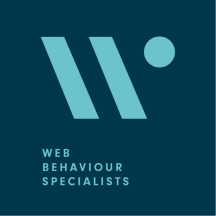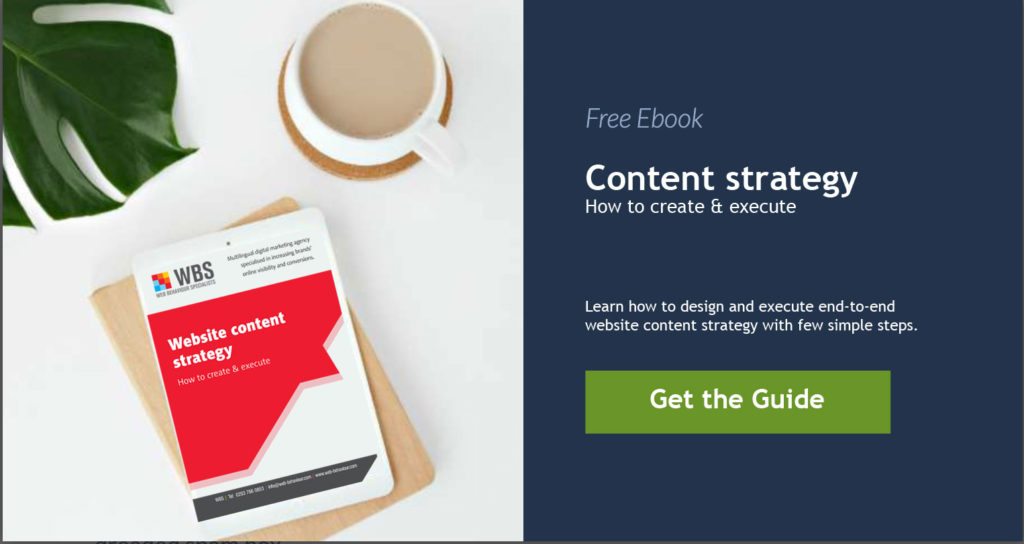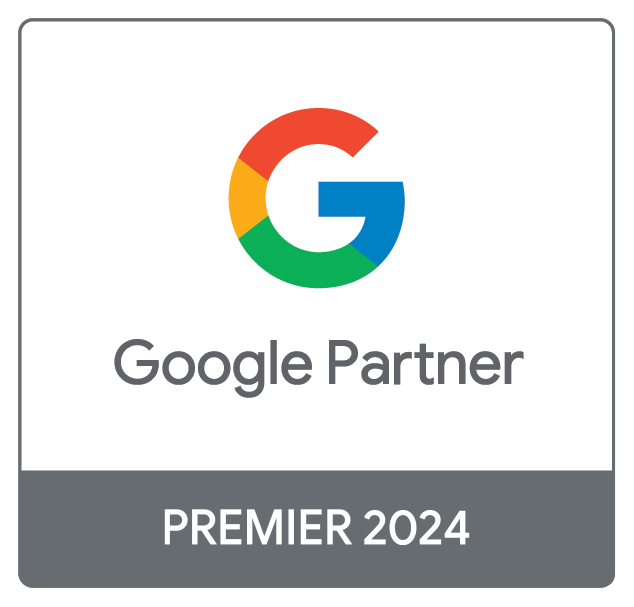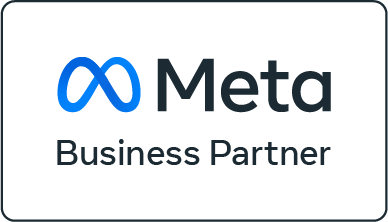
What is a content strategy?
Well, the meaning and approach to a content strategy can be different for different brands. The website content strategy depends on the challenges you have, your current situation and your objectives for the site. It can be anything from looking into a section of your website and deciding what content you should keep and what type of content you should add, to an end-to-end strategy which includes planning, development, and management of content for the entire site. We are going to focus on the end-to-end content strategy.
When creating a content strategy you need to know what type of content you have, how it is performing, what your goals are and how to reach them.
If your goal is to increase sales, you have to make sure that your site is search engine optimised, user-friendly and has effective calls to action.
If your goal is to be a though leader where people go to find information, then your focus should be on regularly providing quality content. You will also have to establish trust by marketing your site on other websites and social media.
Content marketing strategy guide – 5 stages
1. Preparations
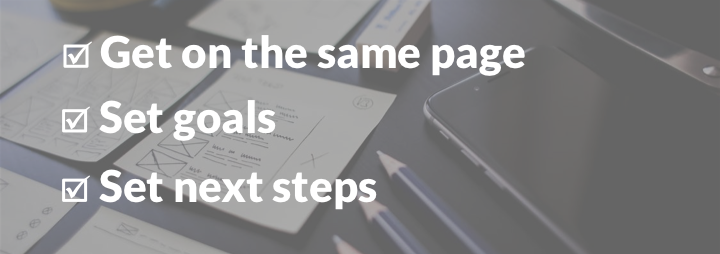
At the beginning, it is good to talk to all of the decision makers and make sure that you understand each other and are working towards the same goals. It is also important to talk to your colleagues in different departments so that everyone feels that they are involved and get their voice heard.
There are four important factors to look at during this stage:
1. Brand: What value propositions do we have?
2. Objectives: What objectives do we have? How could content help us achieve them?
3. Setting: What channels are we using at the moment? Who is our target audience? Do we have personas or shall we create some? What are their needs and what motivates them? Which channels do they use?
4. Competitors: Who are our competitors? Is there a difference between who we consider being our competitors and the ones that compete with us online? What are they offering?
In the preparation stage, you should have a good idea of what your goals are and what your content should achieve.
The next step is to perform an audit of your current website and its content then, most importantly, analyse your findings.
2. Research and Insight

During the audit, you should look into how your current website and your content is performing. There are some tools which might be useful at this stage.
Screaming Frog is a good tool to see if there is a problem with your site and content. With this tool you can see if you have duplicated content, if your titles are too long, if some pages are missing meta description, if your headings are optimised or not. You can also see if you have broken links and much more. Google Analytics or similar tools are useful at this stage as they help you determine how your website and content is performing.
When to take care
Do you have pages with a lot of visits and a good time spent on the page, pages that are converting or shared a lot? These pages are performing well and you will not have to change or optimise them.
Do you have pages with a high bounce rate? What could be the reason for that? Is it because the visitor got all of the information they needed and left, or is there something missing on the page? Could you add more relevant content and optimise this page? Maybe add some internal links to make it easier for the visitor to navigate to other relevant pages.
Depending on how big your site is you could have a different approach to the content audit. If you have a small to medium sized site, for example up to 1000 pages, you could audit the whole site. If your site is bigger you could start with a section of it, or the most important sections.
The bigger the site, the bigger the risk of duplicated content. So it’s very important to look for that and see if some pages could be merged together or if you should redirect or remove some pages.
When doing your audit you should also have a look into your competitors and their website. What do they offer? What type of content do they have? Who are your competitors online? In which sections are they strong or weak? Are they doing something really good that we should consider, and amend to suit our objectives and goals? Are there any opportunities for us to fill a gap?
It’s a good idea to do your keyword research during this stage. You can use Google’s Keyword Planner or Wordstream, for example. Doing keyword research will show you what your potential clients are looking for online. How they search? What type of words they are using? What topics are you currently covering? Can you see at what stage of the buying process users are with the keywords they have used? Are you using the same terminology as your potential customers?
This part is important in order to identify content that our target audience is interested in. You can also identify any content gaps. Is there certain topics/queries that users are looking for but neither you nor your competitors are offering? If so, you have a big opportunity!
3. Content Management, Resourcing & Planning
What will your process look like? Who will create and manage the content? It is important to have someone, either a person or a team that is responsible for the content. This person or team should have an overview over what type of content exists and what type of content needs to be created. They also need to make sure that the same tone of voice is used throughout the website and all other channels where your potential clients can find your content.
This person/team also has the authority to say no. As a website is supposed to have all of the information about your company, there will be a lot of people with an opinion on what should be there or not. It is therefore important to have someone who knows if this information already exists or if it should be included or not.
The budget
At this stage you also need to decide on the budget. Who is going to create your content? Do you have an in-house team that will be able to create and manage all content on all channels? Or do you need to hire some copywriters too? Will you support your content with some campaigns? As organic listing takes time it is good to support your new or optimised pages with paid search, and possibly other activities to make it easier for your potential clients to find your content.
The channels
You also need to decide which channels and what format your content should have. You want to use visual content as well as body copy on your site (according to some studies, visual content can increase engagement by up to 60%).
It is good to consider video as one of the important content types as video performs very well for both engaging and converting online audiences. Webinars are also very effective in the sales process as they are good for driving awareness, for lead generation and lead nurturing, for cross-selling and up-selling. So don’t forget to put some of your budget towards video production.
To make sure everything goes as planned, it is good to create a content calendar. With a content calendar you will have a clear plan of which pages will be optimised or created and when. The calendar also makes it easier for you to plan your resources, ensuring that the team creating and publishing the content will have time to do it. Try to be specific in the calendar and make sure to state which channel the content should be published on.
Before going to the next stage of the content strategy you also need to decide how you will measure your success. What will you track? Who will make sure that all tracking tags are in place?
4. Production
After you have done your research, including an audit and analysis, as well as having everything planned, it’s time for content creation.
When you start to write the content for your website, it is very important to have Search Engine Optimisation in mind. Which keywords are the most important for this page? Include that keyword in the page title, meta description and H1 heading. You should, of course, also mention that keyword in your body copy. It is very important that you don’t just stuff a lot of keywords into your text and headings, the content should be as good for a search engine as it is for users. The content should be engaging and so good that your visitors want to share it with other people.
Ensure you make it easy for users to understand what they should do after they have read the information. Would you like them to buy something? Request a quote? Contact you? Or would you like them to navigate through to another page on your site? Make sure that you don’t have any dead ends, and that it is easy and effortless for your users to do what you would like them to.
Use visual content on your pages, not just body copy. Some studies show that visual content can increase engagement by up to 60%. Don’t forget to add “alt text” to your images and if you sell products, enabling reviews and ratings can help you gain a competitive edge.
Make sure to use shorter paragraphs and bullet points when creating the content for your pages. It should be easy to read and watch when users access your website from a desktop, tablet or mobile.
SEO is of course much more than just on-page optimisation but it’s a good place to start the production stage.
5. Evaluation
During the planning stage, you’ve decided how you are going to measure your success. Your KPIs might be, for example, to increase traffic, engagement, social shares, conversions and/or time spent online. Make sure that you track everything so that you can compare how the new content is performing versus the old content.
It is always good to keep an eye on the performance of the website to see which pages are performing well and which pages need more optimisation. Just remember that organic search results can take time. Some companies will be able to see the result of their pages very quickly while it will take some time for others. As mentioned earlier, a good practise is to run paid search campaigns and possibly other activities at the same time to ensure you are doing everything possible to help your potential clients to find you.
